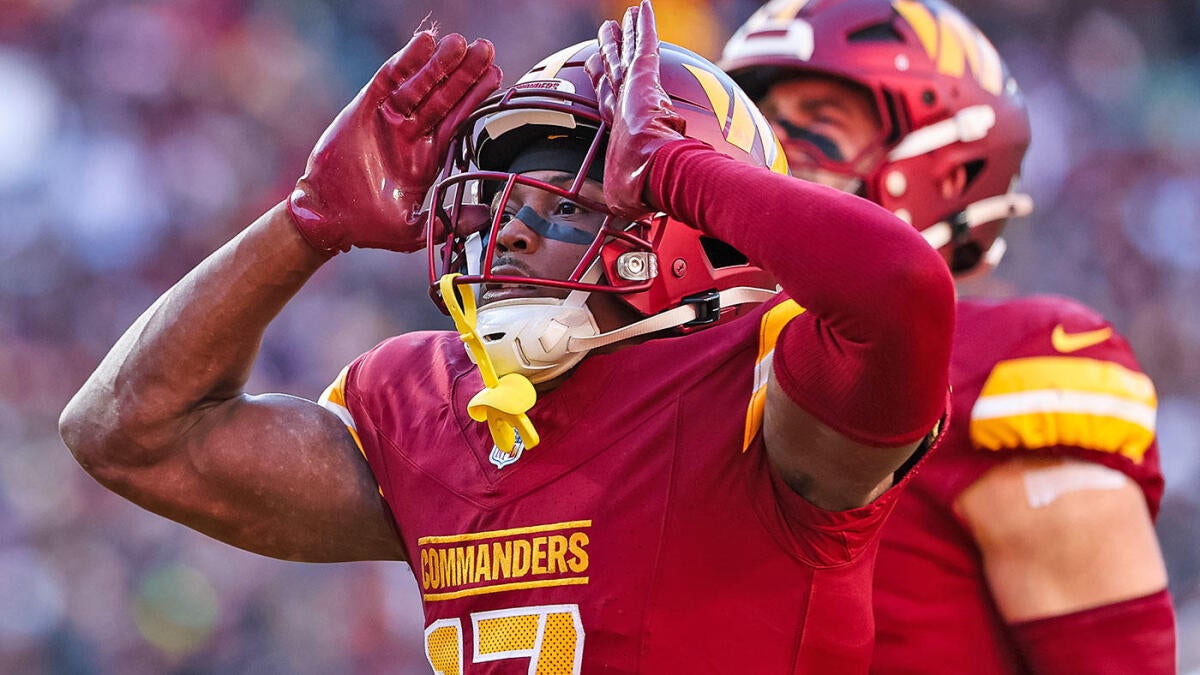Micah Parsons’ Contract Negotiations: A Deep Dive into the Dallas Cowboys’ Defensive Future
Setting the Stage: The Weight of a Contract Negotiation
Micah Parsons stands at a career crossroads that extends far beyond personal achievement or financial gain. As the 2025 NFL season approaches, the ongoing contract saga surrounding the Dallas Cowboys’ star linebacker encapsulates a blend of business strategy, player valuation, team dynamics, and league-wide financial implications. Parsons’ transition from rookie contract to a record-setting deal is emblematic of the evolving market for defensive players and crucial for Dallas’ championship window.
Understanding the Contract Impasse
Parsons is not just another player chasing upgrades; he aspires to redefine defensive compensation. His camp’s target—an average annual value (APY) exceeding $40 million—would catapult him past recent defensive contract benchmarks like Myles Garrett and Maxx Crosby, underscoring the premium placed on elite defensive playmakers. Considering his 2025 cap hit is around $24 million under his rookie deal, this leap highlights both his explosive value and the challenge it presents for the Cowboys’ financial architects.
Jerry Jones and team leadership, while recognizing Parsons’ on-field dominance and leadership, are proceeding judiciously, calibrating their commitments and emphasizing the need for detailed agreement on contract structure. This balances ambition with caution amid competing roster needs and salary cap realities.
Minicamp: A Gesture of Professionalism and Strategy
In the midst of stalled negotiations, Parsons’ decision to participate in the Cowboys’ mandatory minicamp sets him apart in a unique way. While other players have used minicamp absences as negotiation tactics, Parsons shows dedication, signaling his professionalism. Yet, his cautious engagement—limiting intensity during earlier OTAs and signaling possible restraint in training camp without contract resolution—strikes a nuanced tone. It communicates respect for the team and fans while retaining strategic leverage, demonstrating that contract talks aren’t hindering his commitment, but the stakes remain high.
The Rumor Mill: Trades and Market Movements
Though the dominant expectation is that Parsons remains a Cowboy, the presence of trade talk injects vital context. Such speculation underscores Parsons’ status as a generational talent with immense market value. Should negotiations falter, a trade could yield the Cowboys a cornucopia of draft capital, fueling roster-building flexibility.
Potential suitors are likely teams with cap space and a glaring need for a defensive difference-maker, but insider sentiment leans towards retention given Parsons’ affinity for Dallas and the franchise’s intent to lock him into a historic deal. These rumors, however, add layers of pressure on Dallas’ front office and shape the optics of negotiations both internally and across the league.
Navigating Salary Cap Constraints and Contract Design
The Cowboys enter 2025 with an estimated $2.8 million salary cap overage before Parsons’ next contract comes into play, complicating the financial landscape. This constraint demands creativity—backloading contracts, managing signing bonuses, or reconfiguring salaries—to absorb Parsons’ anticipated pay without hamstringing other roster priorities.
Balancing the imperative to retain a defensive cornerstone with fiscal responsibility remains a key challenge. The contract’s structuring will ultimately reflect the Cowboys’ broader strategic vision: maintaining competitiveness while managing long-term financial health.
Benchmarking Parsons: Comparisons and Projections
Parsons’ youth and ascendancy lend justification for a contract not only reflective of current impact but also projected peak performance. Comparisons with Myles Garrett provide a tangible frame; Garrett’s contract serves as a high benchmark, but Parsons’ relative youth and versatility suggest an even higher valuation.
Industry forecasts hint at a deal possibly exceeding $200 million over five years, setting a new precedent for defensive player earnings. This projection aligns with both Parsons’ individual dominance and the shifting economic landscape of the NFL, where defensive playmakers increasingly command elite compensation.
Cultural Significance: Beyond Dollars and Deals
This isn’t just a financial negotiation; it’s a cultural statement for the Cowboys and the NFL. Securing Parsons signals Dallas’ commitment to building around defensive excellence and sustaining championship aspirations. His ongoing professionalism amidst uncertainty fosters confidence among teammates and fans alike.
The franchise’s negotiation approach is eyed closely as a potential template, impacting how defensive players perceive their value and how teams approach star contract extensions moving forward. In many ways, Parsons’ situation exemplifies the delicate interplay between player loyalty, organizational strategy, and market forces.
Defining the Future: A Pivotal Chapter for Parsons and Dallas
The unfolding saga of Micah Parsons’ contract is a defining moment—one that will reverberate through the Cowboys’ roster construction and influence the NFL’s defensive pay scale. His demand for a record-setting extension reflects not only his extraordinary skill but also evolving perceptions of defensive worth.
Balancing cap challenges with competitive ambition, Dallas must navigate these negotiations with strategy and flexibility. Parsons’ dedication to attending minicamp despite ongoing talks exemplifies his leadership, while trade chatter reinforces the stakes involved.
Ultimately, a landmark contract extension for Parsons would secure Dallas’ defensive identity and set a new standard in the league. This story is far from over, but its outcomes promise to shape the trajectory not just of one player or one franchise, but the wider NFL landscape for years to come.












